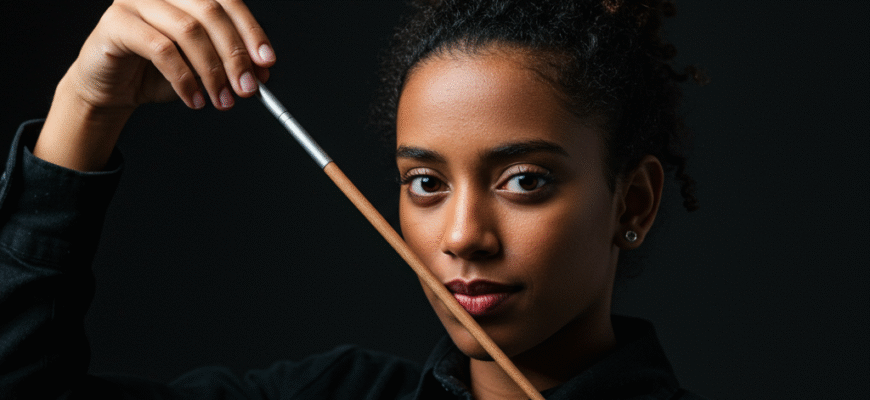Content
Getting Started: The Quilling Toolkit
The beauty of quilling lies partly in its simplicity. You don’t need a vast array of expensive equipment to begin. At its core, quilling involves rolling thin strips of paper into coils or scrolls and then shaping these elements to form decorative patterns. Here’s what you’ll need: Paper Strips: Pre-cut quilling paper is readily available in various widths (commonly 1/8″, 1/4″, 3/8″) and a rainbow of colors, including metallics, pearlescents, and graduated shades. You can cut your own strips, but pre-cut ensures uniformity, which is crucial for a polished look. Standard weight paper works well; avoid anything too thick or too flimsy. Quilling Tool: The most common tool is a slotted tool, which has a tiny slot at the tip to hold the paper strip’s end, making rolling much easier. A needle tool (essentially a fine-pointed needle set in a handle) is used for finer work and creating centers without the small crimp left by the slotted tool. For beginners, the slotted tool is usually the easiest starting point. Glue: A clear-drying liquid craft glue with a fine-tip applicator is essential. You only need tiny amounts to secure the ends of coils and assemble your designs. PVA glue is a popular choice. Work Surface: A corkboard, foam board, or even a piece of waxed paper on a flat surface works well. A corkboard allows you to pin down elements as you work, which is helpful for complex designs or techniques like husking. Optional Extras: Tweezers (for handling small shapes), scissors (for trimming paper), a circle sizer ruler (to make consistently sized loose coils), pins, and perhaps a quilling comb or crimper tool for more advanced techniques.Mastering the Basic Coil and Shapes
Almost every quilled design starts with a basic coil. Slide one end of a paper strip into the slot of your quilling tool (or wrap it around the needle tool). Roll the paper snugly and evenly around the tool. Once the entire strip is rolled, carefully slide it off the tool. This tight coil can be glued immediately at the end for a solid dot shape. However, the magic often happens when you let this tight coil relax. Place it into one of the circles on your sizer ruler (or just let it expand freely on your work surface) to create a loose coil. Once it has expanded to the desired size, apply a tiny dab of glue to the end of the strip and press it gently against the coil to secure it. This loose coil is the foundation for countless other shapes:- Teardrop: Gently pinch one side of the loose coil.
- Marquise (Eye Shape): Pinch opposite sides of the loose coil.
- Square/Diamond: Make a marquise, then rotate 90 degrees and pinch the other two opposite points.
- Triangle: Make a teardrop, then flatten the rounded base.
- Half Moon: Pinch two points relatively close together on the coil, creating one curved side and one indented side.
- Shaped Teardrop/Petal: Make a teardrop, then gently curve the pointed end using your finger or the handle of your tool.
- Scrolls: Roll part of the strip, then let the rest trail freely, or roll both ends inwards or outwards. Open scrolls (S-scroll, C-scroll, Heart scroll) add flowing lines without the need for glueing ends.
Elevating Your Quilling: Elegant Techniques
Once you’re comfortable with the basics, you can explore techniques that add texture, dimension, and sophistication to your work.Crimping for Texture
A paper crimper tool adds a lovely corrugated texture to quilling strips. Simply feed a strip through the tool’s gears. Crimped paper can be rolled into coils (which will be looser and more textured) or used as straight decorative elements, adding visual interest and a different feel compared to smooth paper.Husking (Loops with Pins)
This technique creates beautiful, open loops, perfect for delicate petals or wings. You’ll need a corkboard and pins. Place pins in the desired shape outline on the board. Wrap the quilling strip around the outside of the pins, dabbing glue only where the paper strip overlaps itself at the base. Once dry, the looped shape can be carefully removed. It allows for larger, more airy designs than simple coils.Quilling Comb Creations
A quilling comb (or even a sturdy, fine-toothed hair comb in a pinch) is used to create evenly spaced loops. Wrap the paper strip around successive teeth of the comb, adding a dab of glue at the base with each wrap. Slide the resulting looped element off the comb. This is fantastic for creating feathery effects, fringed flowers, or intricate repeating patterns.Beehive Quilling
This involves making multiple loose coils (often of graduating colors or sizes) and nesting them one inside the other before gluing the outer end. It creates a dense, layered look with beautiful concentric circles, resembling a beehive.Layering and 3D Effects
True elegance often comes from dimension. Instead of just arranging shapes flat on a surface, try layering them. Place smaller coils on top of larger ones, or stand shaped coils on their edges to build height. You can create stunning 3D flowers by arranging multiple petal shapes (like teardrops or marquises) around a central coil. Small domed shapes can be made by forming coils over a rounded surface (like the end of a pen) and applying glue or a sealant to hold the shape.Be particularly mindful when applying glue. Use only the tiniest amount necessary to secure ends or join elements; excess glue can easily smudge, buckle the paper, or leave unsightly shiny spots, detracting from the delicate appearance. Patience truly is a virtue in quilling. Rushing the process often leads to uneven coils, poorly formed shapes, and messy assembly, so embrace the mindful pace of this craft for the most elegant results.









